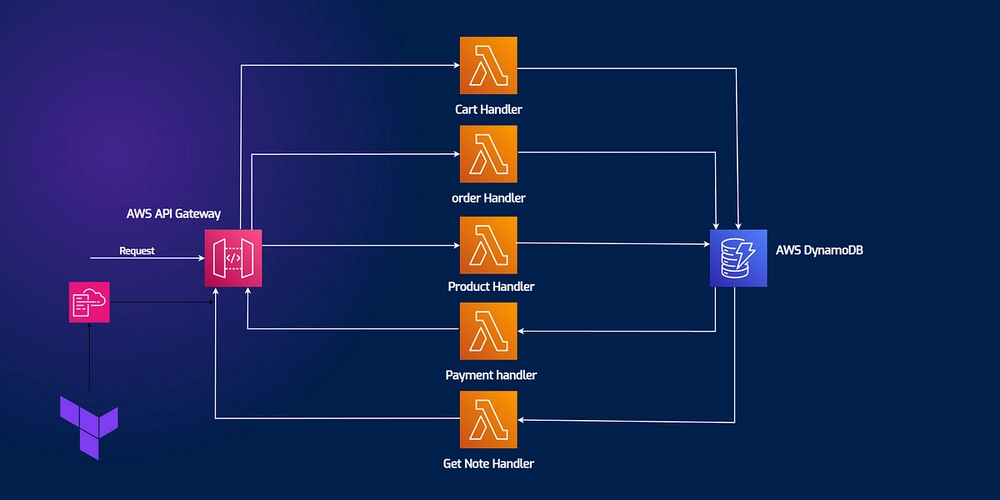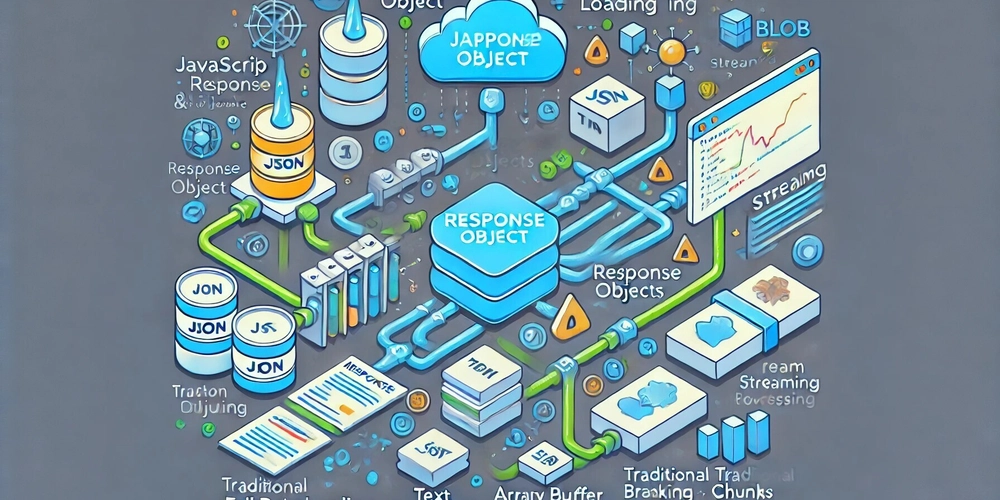Top 10 CSS Tricks Every Front-End Developer Should Know
CSS is a cornerstone of front-end development, offering endless ways to style and enhance websites. Below are 10 CSS tricks that can level up your projects. 1. Smooth Scroll Behavior The scroll-behavior property controls how scrolling behaves when navigating to an anchor link. Setting it to smooth creates a fluid scrolling effect, improving user experience without JavaScript. html { scroll-behavior: smooth; } 2. Clamp for Responsive Typography The clamp() function sets a value between a minimum and maximum, ideal for responsive font sizes. It takes three arguments: minimum value, preferred value (often using vw for viewport scaling), and maximum value. h1 { font-size: clamp(1.5rem, 5vw, 2.5rem); } 3. Aspect Ratio for Consistent Media The aspect-ratio property defines a fixed width-to-height ratio for elements like images or videos. This ensures consistent proportions across screen sizes, especially in responsive layouts. img { aspect-ratio: 16 / 9; width: 100%; } 4. Custom Properties (CSS Variables) Custom properties, defined with --name, allow you to store values (like colors) for reuse. They're scoped to an element (often :root for global use) and accessed with var(). :root { --primary-color: #007bff; } .box { background-color: var(--primary-color); } 5. Truncate Text with Ellipsis The text-overflow: ellipsis property, combined with white-space: nowrap and overflow: hidden, truncates overflowing text with a "..." symbol, perfect for compact designs. .truncate { white-space: nowrap; overflow: hidden; text-overflow: ellipsis; max-width: 200px; } 6. Center Anything with Flexbox Flexbox's justify-content and align-items properties align content along the main and cross axes. Setting both to center perfectly centers items in a container. .container { display: flex; justify-content: center; align-items: center; height: 100vh; } 7. Gradient Borders The background property can layer gradients to create colorful borders. Using padding-box and border-box, you apply a gradient to the border while keeping the content area solid. .box { background-image: linear-gradient(white, white), linear-gradient(to right, #ff6b6b, #4ecdc4); border: 2px solid transparent; background-origin: border-box; background-clip: padding-box, border-box; } 8. Sticky Positioning The position: sticky property makes an element stick to its parent container until it scrolls out of view. The top property sets where it sticks relative to the viewport. .header { position: sticky; top: 0; background: #fff; } 9. Filter Effects for Images The filter property applies graphical effects like brightness, blur, or sepia to elements. It's great for hover effects or dynamic styling without image editing. img:hover { filter: brightness(80%) sepia(20%); } 10. Scroll Snap for Carousels The scroll-snap-type property enables snap points for scrolling, creating a carousel-like effect. scroll-snap-align on child elements defines where scrolling stops. .carousel { display: flex; overflow-x: auto; scroll-snap-type: x mandatory; } .carousel > div { scroll-snap-align: start; } These CSS tricks are powerful tools for any front-end developer. Experiment with them in your projects to create polished, efficient designs! Got a favorite CSS tip? Share it below!

CSS is a cornerstone of front-end development, offering endless ways to style and enhance websites. Below are 10 CSS tricks that can level up your projects.
1. Smooth Scroll Behavior
The scroll-behavior property controls how scrolling behaves when navigating to an anchor link. Setting it to smooth creates a fluid scrolling effect, improving user experience without JavaScript.
html {
scroll-behavior: smooth;
}
2. Clamp for Responsive Typography
The clamp() function sets a value between a minimum and maximum, ideal for responsive font sizes. It takes three arguments: minimum value, preferred value (often using vw for viewport scaling), and maximum value.
h1 {
font-size: clamp(1.5rem, 5vw, 2.5rem);
}
3. Aspect Ratio for Consistent Media
The aspect-ratio property defines a fixed width-to-height ratio for elements like images or videos. This ensures consistent proportions across screen sizes, especially in responsive layouts.
img {
aspect-ratio: 16 / 9;
width: 100%;
}
4. Custom Properties (CSS Variables)
Custom properties, defined with --name, allow you to store values (like colors) for reuse. They're scoped to an element (often :root for global use) and accessed with var().
:root {
--primary-color: #007bff;
}
.box {
background-color: var(--primary-color);
}
5. Truncate Text with Ellipsis
The text-overflow: ellipsis property, combined with white-space: nowrap and overflow: hidden, truncates overflowing text with a "..." symbol, perfect for compact designs.
.truncate {
white-space: nowrap;
overflow: hidden;
text-overflow: ellipsis;
max-width: 200px;
}
6. Center Anything with Flexbox
Flexbox's justify-content and align-items properties align content along the main and cross axes. Setting both to center perfectly centers items in a container.
.container {
display: flex;
justify-content: center;
align-items: center;
height: 100vh;
}
7. Gradient Borders
The background property can layer gradients to create colorful borders. Using padding-box and border-box, you apply a gradient to the border while keeping the content area solid.
.box {
background-image: linear-gradient(white, white),
linear-gradient(to right, #ff6b6b, #4ecdc4);
border: 2px solid transparent;
background-origin: border-box;
background-clip: padding-box, border-box;
}
8. Sticky Positioning
The position: sticky property makes an element stick to its parent container until it scrolls out of view. The top property sets where it sticks relative to the viewport.
.header {
position: sticky;
top: 0;
background: #fff;
}
9. Filter Effects for Images
The filter property applies graphical effects like brightness, blur, or sepia to elements. It's great for hover effects or dynamic styling without image editing.
img:hover {
filter: brightness(80%) sepia(20%);
}
10. Scroll Snap for Carousels
The scroll-snap-type property enables snap points for scrolling, creating a carousel-like effect. scroll-snap-align on child elements defines where scrolling stops.
.carousel {
display: flex;
overflow-x: auto;
scroll-snap-type: x mandatory;
}
.carousel > div {
scroll-snap-align: start;
}
These CSS tricks are powerful tools for any front-end developer. Experiment with them in your projects to create polished, efficient designs! Got a favorite CSS tip? Share it below!









































































































































































![[The AI Show Episode 144]: ChatGPT’s New Memory, Shopify CEO’s Leaked “AI First” Memo, Google Cloud Next Releases, o3 and o4-mini Coming Soon & Llama 4’s Rocky Launch](https://www.marketingaiinstitute.com/hubfs/ep%20144%20cover.png)



























































































































![[DEALS] The All-in-One Microsoft Office Pro 2019 for Windows: Lifetime License + Windows 11 Pro Bundle (89% off) & Other Deals Up To 98% Off](https://www.javacodegeeks.com/wp-content/uploads/2012/12/jcg-logo.jpg)


















































































































































_Andreas_Prott_Alamy.jpg?width=1280&auto=webp&quality=80&disable=upscale#)

































































































![What features do you get with Gemini Advanced? [April 2025]](https://i0.wp.com/9to5google.com/wp-content/uploads/sites/4/2024/02/gemini-advanced-cover.jpg?resize=1200%2C628&quality=82&strip=all&ssl=1)











![Apple Shares Official Trailer for 'Long Way Home' Starring Ewan McGregor and Charley Boorman [Video]](https://www.iclarified.com/images/news/97069/97069/97069-640.jpg)
![Apple Watch Series 10 Back On Sale for $299! [Lowest Price Ever]](https://www.iclarified.com/images/news/96657/96657/96657-640.jpg)
![EU Postpones Apple App Store Fines Amid Tariff Negotiations [Report]](https://www.iclarified.com/images/news/97068/97068/97068-640.jpg)


































































































































